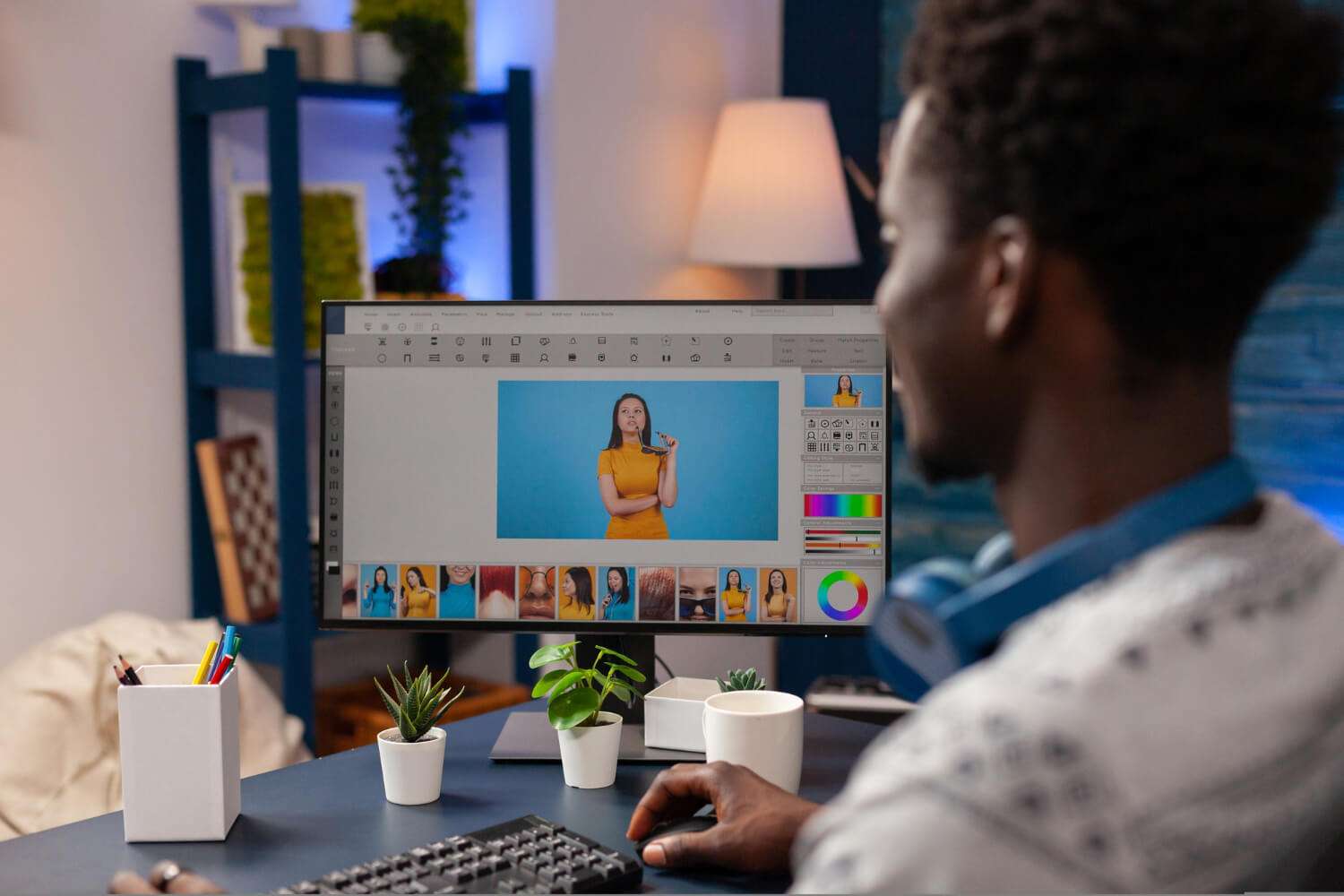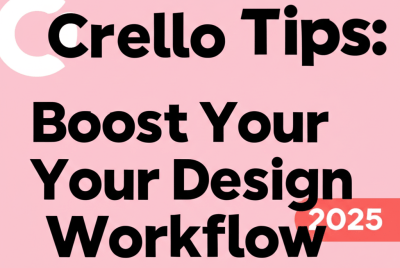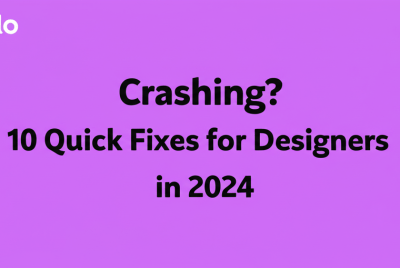Digital product design is an intricate process that bridges creativity, technology, and user experience. In this article, we’ll delve into the depths of what exactly digital product design entails, exploring its fundamental concepts, design processes, and the advantages it offers. Whether you’re a budding designer or simply curious about the digital design realm, this guide will provide you with the insights you’re seeking.
The Digital Design Landscape
 In today’s digital age, products extend far beyond physical objects; they encompass a wide array of digital experiences, from mobile apps and websites to software interfaces. This evolution has given rise to the field of digital product design – an art and science that marries aesthetics with functionality, resulting in user-centered creations that seamlessly integrate into the digital landscape.
In today’s digital age, products extend far beyond physical objects; they encompass a wide array of digital experiences, from mobile apps and websites to software interfaces. This evolution has given rise to the field of digital product design – an art and science that marries aesthetics with functionality, resulting in user-centered creations that seamlessly integrate into the digital landscape.
What Exactly is Digital Product Design?
Digital product design refers to the strategic and creative process of conceptualizing, planning, and crafting digital products that cater to user needs while ensuring a visually appealing and intuitive user interface. It involves a blend of design thinking, user experience (UX) principles, and technical implementation to create user-centric products that provide value and enhance the overall digital experience.
The Key Elements of Digital Product Design
Understanding User Needs and Goals
User-centricity lies at the heart of digital product design. Designers begin by gaining a deep understanding of the target audience’s needs, preferences, and pain points. Through user research and empathy-driven approaches, designers create personas and user journeys to guide the design process.
Ideation and Conceptualization
The creative journey starts with ideation and conceptualization. Design teams brainstorm ideas, sketch wireframes, and create prototypes to visualize potential design directions. This phase encourages out-of-the-box thinking, fostering innovation and uniqueness in the final product.
User Interface (UI) Design
UI design focuses on the visual elements of the product. Designers work on color schemes, typography, iconography, and layout to ensure a cohesive and visually appealing interface. UI design also involves creating interactive elements that respond seamlessly to user interactions.
Interaction Design
Interaction design involves defining how users engage with the product. Designers determine how different components and features respond to user actions, creating an intuitive and satisfying user journey. This aspect of design ensures that users can easily navigate and interact with the product.
Prototyping and Testing
Prototyping is a crucial step in the digital product design process. Designers create interactive prototypes that simulate the product’s functionality. These prototypes are then tested with users to gather feedback and identify areas for improvement. Iterative testing and refinement lead to a more user-friendly final product.
Development and Implementation
Once the design is finalized, developers step in to bring the concept to life. They write code, integrate design assets, and ensure that the product functions smoothly across different devices and platforms. Collaboration between designers and developers is essential to maintain design integrity during the development phase.
Continuous Iteration
Digital product design is an ongoing process. After the product is launched, designers gather user feedback and data to identify areas that can be enhanced or optimized. Continuous iteration allows products to evolve in response to changing user needs and technological advancements.
What’s The Major Difference Between Product Design And UI & Ux?
These terms are often interchanged! Let’s get clarity on the major difference between them. Read below.
- Scope and Purpose:
- Product Design: Product design encompasses the creation of the entire product, whether physical or digital. It involves considering the product’s functionality, aesthetics, manufacturing processes, materials, and overall user experience.
- UI/UX Design: UI/UX design is specifically focused on digital products and their user interfaces. UI design deals with the visual elements and layout of the interface, while UX design focuses on the overall user experience, including how users interact with the product and the emotions evoked during that interaction.
- Design Elements:
- Product Design: Product designers consider a broader range of elements, including physical form, materials, ergonomics, manufacturing feasibility, and the interaction between the user and the product.
- UI/UX Design: UI designers focus on visual elements such as typography, colors, icons, buttons, and the layout of screens. UX designers concentrate on user flows, information architecture, user personas, usability, and user-centered design.
- Medium:
- Product Design: Product design can apply to both physical products (like consumer electronics, furniture, vehicles) and digital products (like software applications, websites).
- UI/UX Design: UI/UX design is specific to digital products, such as websites, mobile apps, software interfaces, and other interactive digital platforms.
- User Interaction:
- Product Design: In physical product design, the interaction may involve tangible actions like touching, gripping, or manipulating physical components.
- UI/UX Design: UI/UX designers focus on creating a seamless and user-friendly digital interaction. This involves designing intuitive navigation, clear feedback, and easy-to-understand actions.
- Outcome:
- Product Design: The outcome of product design can be a physical product ready for manufacturing, accompanied by specifications and prototypes.
- UI/UX Design: The outcome of UI/UX design is a well-designed user interface that guides users through a digital experience, with a strong emphasis on enhancing usability and satisfaction.
The Advantages of Digital Product Design
- Enhanced User Experience: By focusing on user needs and preferences, digital product design leads to user experiences that are intuitive, engaging, and satisfying.
- Increased User Satisfaction: User-centered design results in products that address pain points and provide solutions, leading to higher user satisfaction and retention.
- Competitive Edge: Well-designed digital products stand out in the market, attracting more users and setting a brand apart from competitors.
- Efficiency and Effectiveness: Thoughtfully designed interfaces streamline user interactions, making tasks more efficient and effective.
- Innovation and Creativity: Digital product design encourages innovation, fostering creative solutions that push the boundaries of what’s possible.
- Adaptability: Iterative design allows products to adapt to changing user needs and technological trends, ensuring long-term relevance.
FAQs
Is digital product design only about aesthetics?
No, digital product design goes beyond aesthetics. While visual appeal is important, the primary focus is on creating products that meet user needs and provide a seamless experience.
What role does user feedback play in the design process?
User feedback is invaluable. It helps designers understand user preferences, pain points, and areas that need improvement, guiding the iterative design process.



